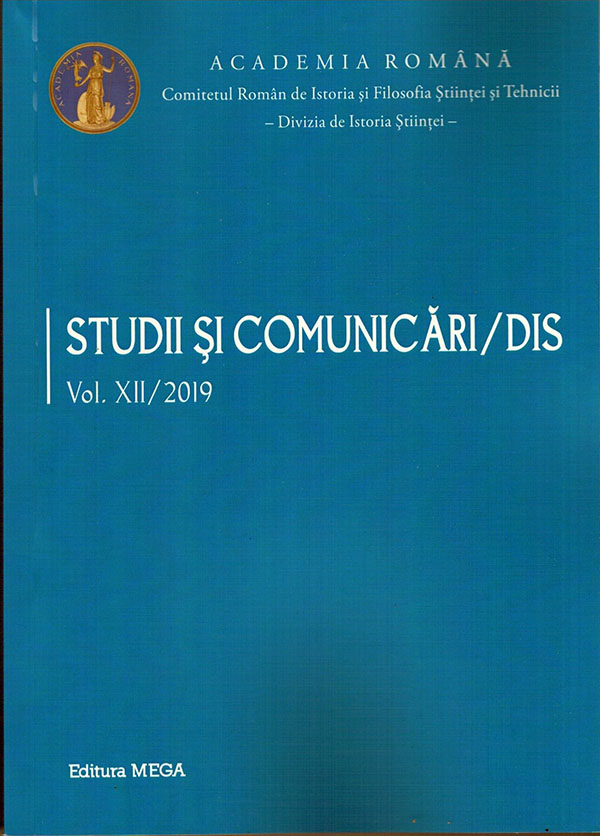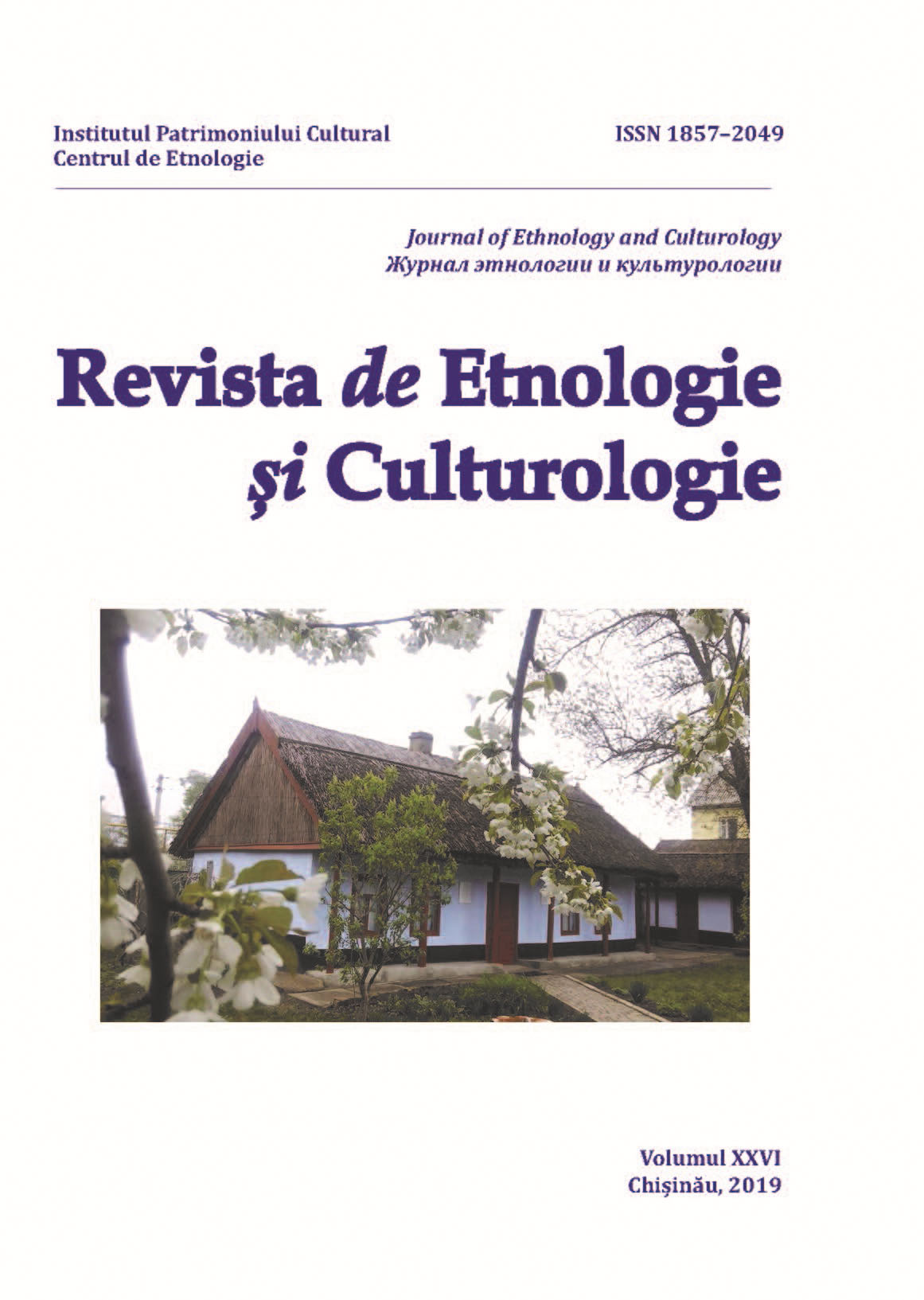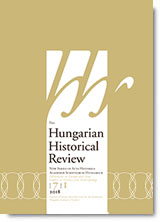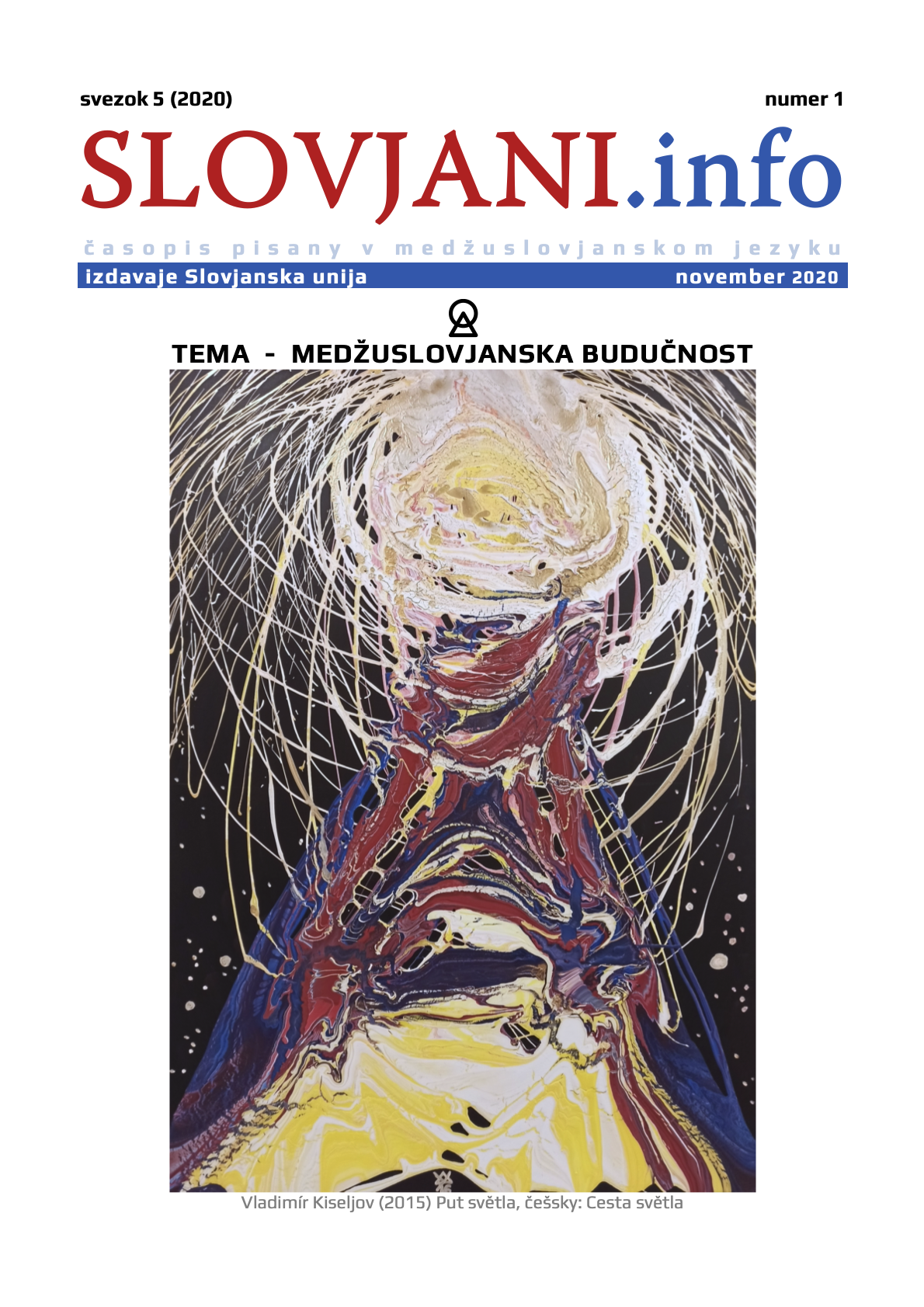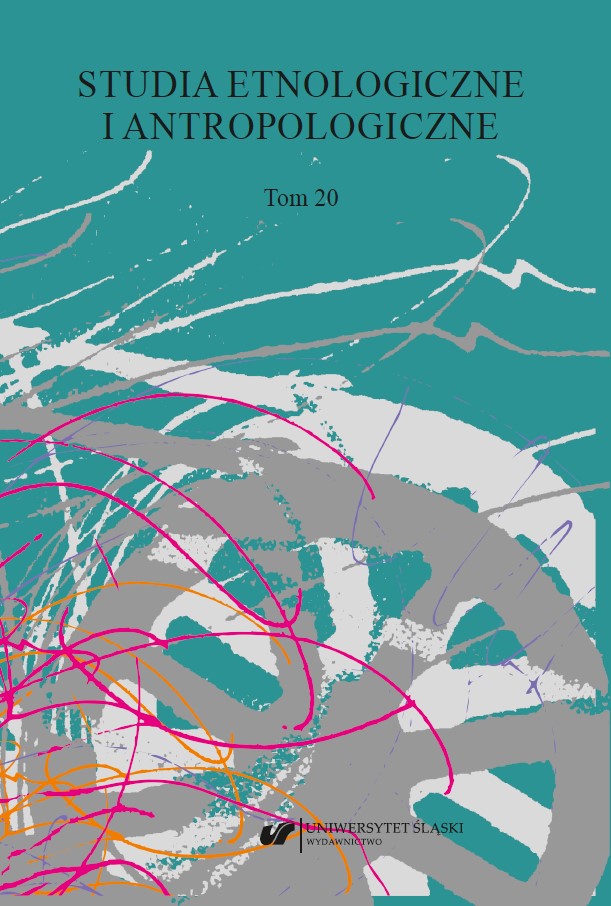Author(s): Astrid Cambose / Language(s): Romanian
Issue: 1 (31)/2020
This paper deals with the question of how and how much of the Romanian folk traditions related to New Yearʼs Eve celebration have been transmitted from the last century to the present days in some Moldavian villages from the Eastern part of the country. It brings into discussion the specific alterations induced by communist cultural politics during the second half of the twentieth century, among which the most relevant for the ethnographic field seems to be the establishment of official festivals such as Cântarea României, comprising bits and pieces of popular rituals, reshaped by the former political regime according to its ideological criteria. In order to evaluate the present situation, in 2015 I conducted a field research in Țibănești and the surrounding villages in Iași county. There are two basic approaches in ethnographic research: studying the literature previously written on a particular topic, and backing it with specific fieldwork. This paper reflects the sequential use of both methods, which enables the results of one approach to respond in a better understanding of the other. Masque carolling and offering symbolic, as well as proper gifts on New Yearʼs Eve – a custom most germane to traditional life in small communities – represent the main focus of the first part of my paper. Romanian ethnology has identified five traditional ways of carolling, of which masque carolling seems to be the most ancient. Romanian term colinda means both the custom of wandering through the village on festive occasions such as Easter, Christmas Eve, New Yearʼs Eve or individual celebrations, in order to offer gifts and propitious wishes, and the songs sung on Christmas Eve by children or/and adults who go from one house to another bringing the good news of Nativity or awakening various mythological elements in the memory of the community. On the one hand, the continuity of such practices is guaranteed by the long-term mechanisms of tradition. On the other hand, communist authorities have interfered by trying to recreate the folklore and the popular culture according to their ideological criteria. Thus, a new series of (official) celebration emerged, aimed at replacing the old, untamed, and seemingly “irrational” popular ones. Official festivals turned peasants into stage performers. Could those peasants have regained their ancient heritage by now, after decades of ideological forced compliance? Applying this conceptual framework, I expected to find on the ethnographic field the results of merging the two sets of practices. Indeed, the celebration of New Yearʼs Eve started in 2015 at Țibănești as an official contest among peasant companies delivering a stage performance. Then, once the winners had been declared and rewarded by the local authorities, the “performers” got off the stage and gathered at the local pub, which proved to be a real centre of community festive life. The atmosphere changed into that of an authentic popular feast, with people carousing and getting ready for the next part of the celebration, which was masque carolling through the village. The masque troupe is locally called Capra (The Goat). It is an assembly of dancers and instrument players who perform folk dances and drama, with the aim of symbolically putting an end to the ancient year and starting over a new one, which is meant to be perfect in every aspect of community and individual life. The troupes go from one house to another, wearing the Capra (Goat) mascoide, along with some heavy, furry masques such as the ones called Moșnegii (Old Men), ritual attires such as Ursarul (the Bear Master), grotesque ones, such as Țiganca (The Gipsy Woman, always performed by a man) or frightening ones, such as Lupul (the Wolf) and Moartea (Death). This paper contains the first part of the description of the present ritual New Yearʼs Eve masque carolling in Țibănești (Iași county) and some hypotheses on the dynamics of the phenomenon. The topic will be continued in a future article, where the second part of the description and the conclusions will be delivered.
More...
